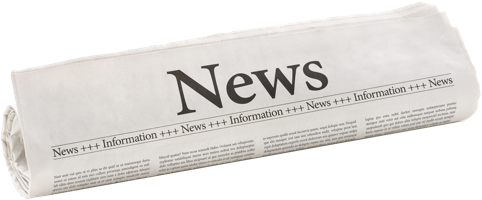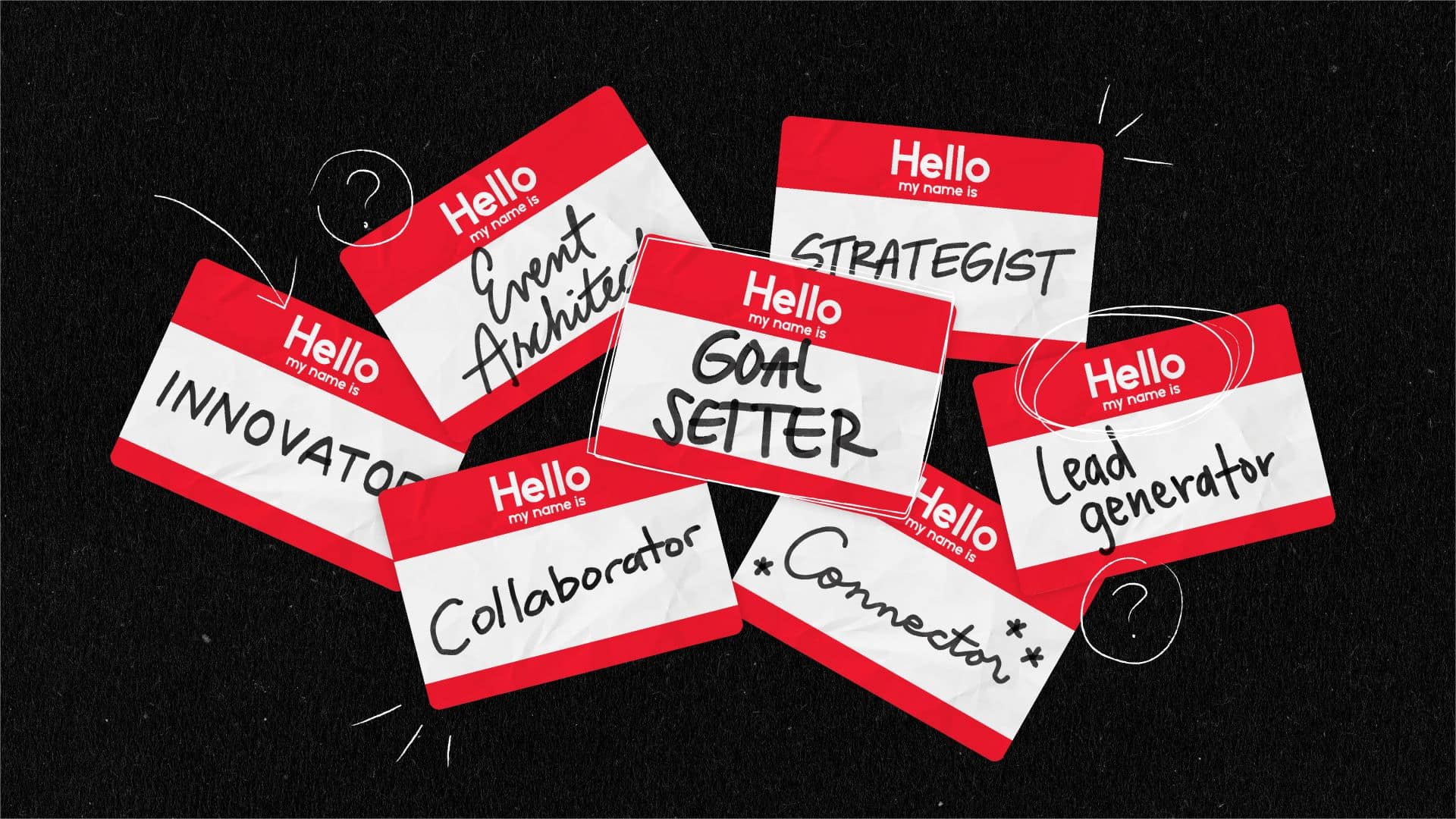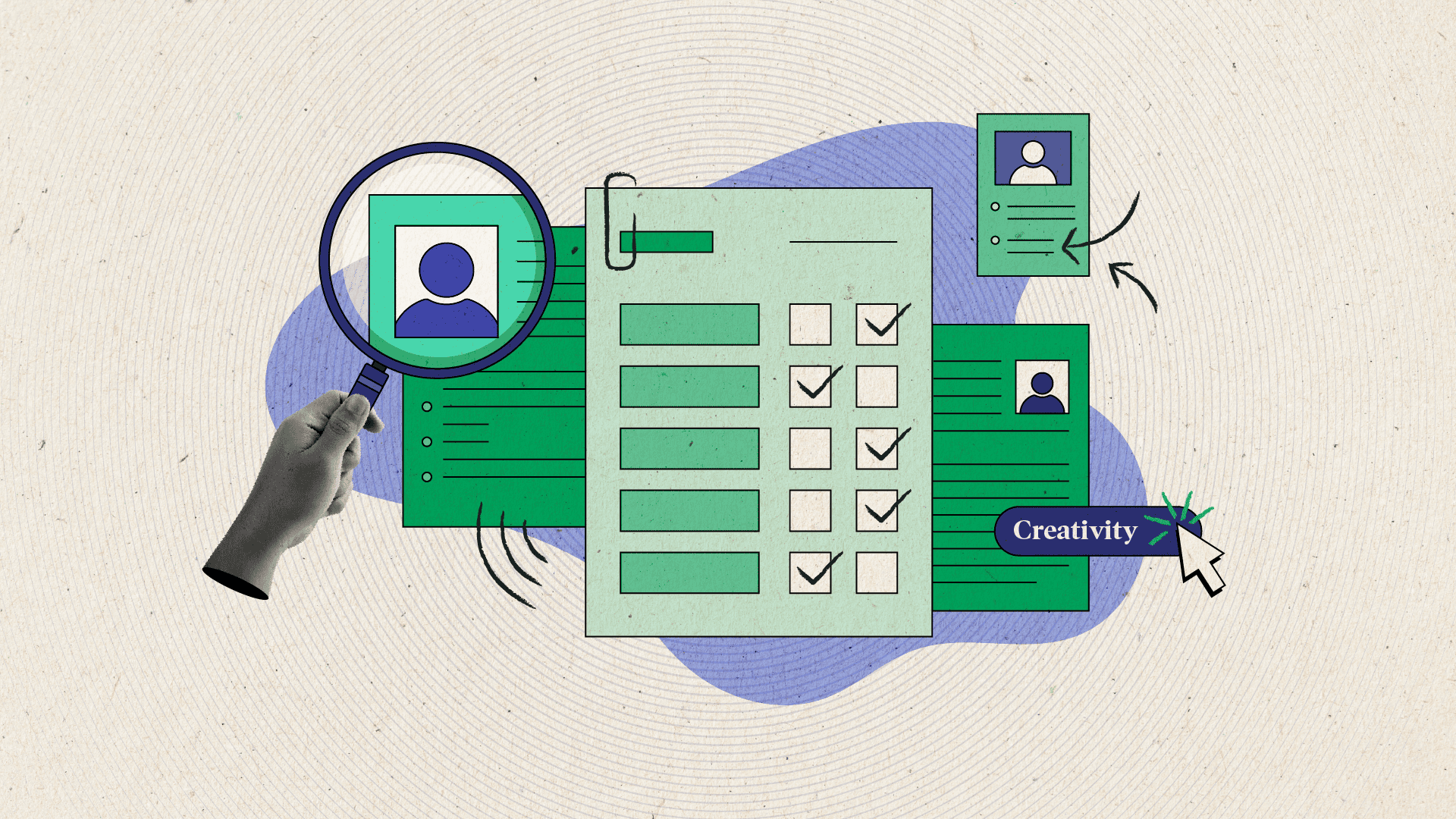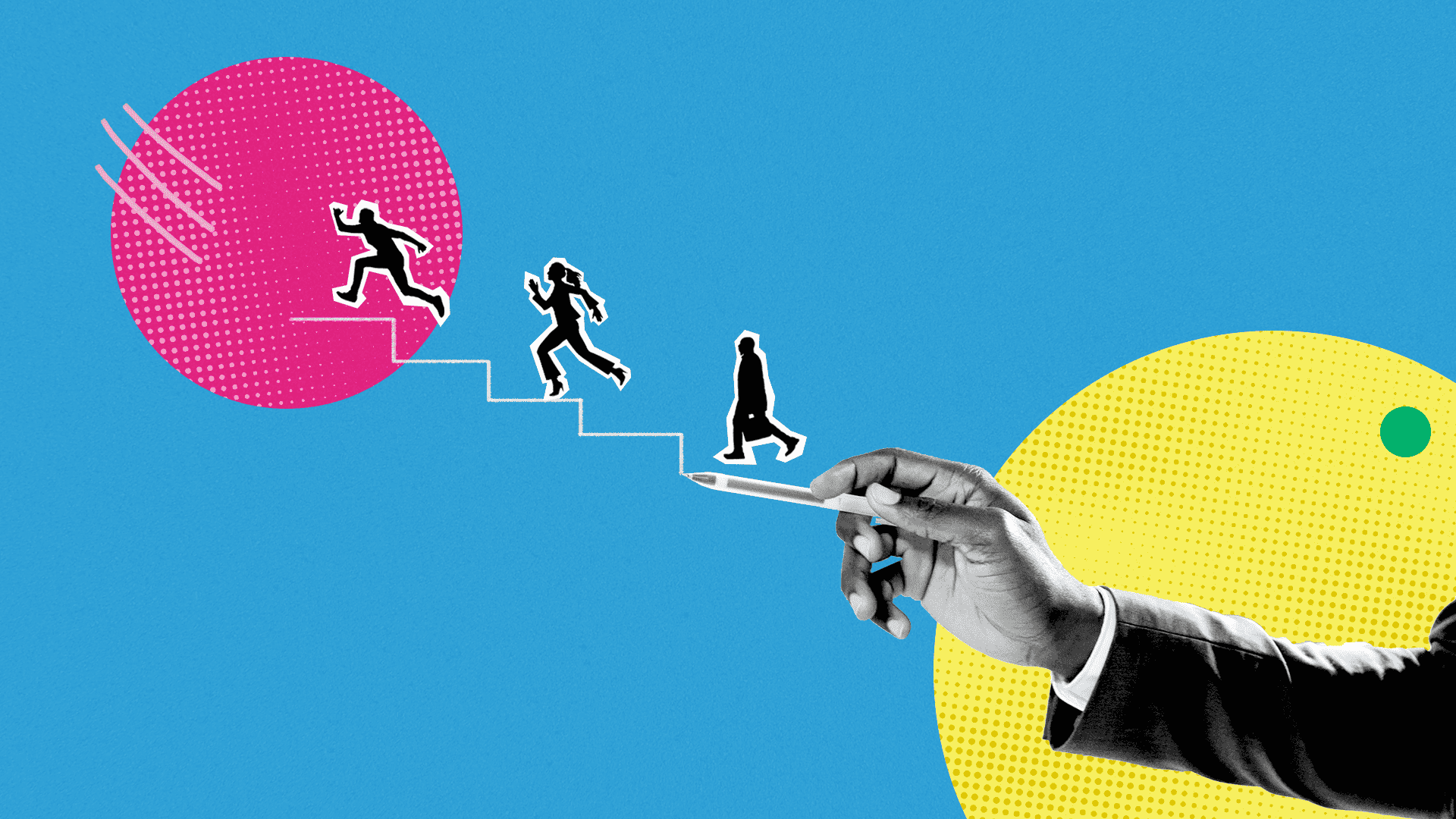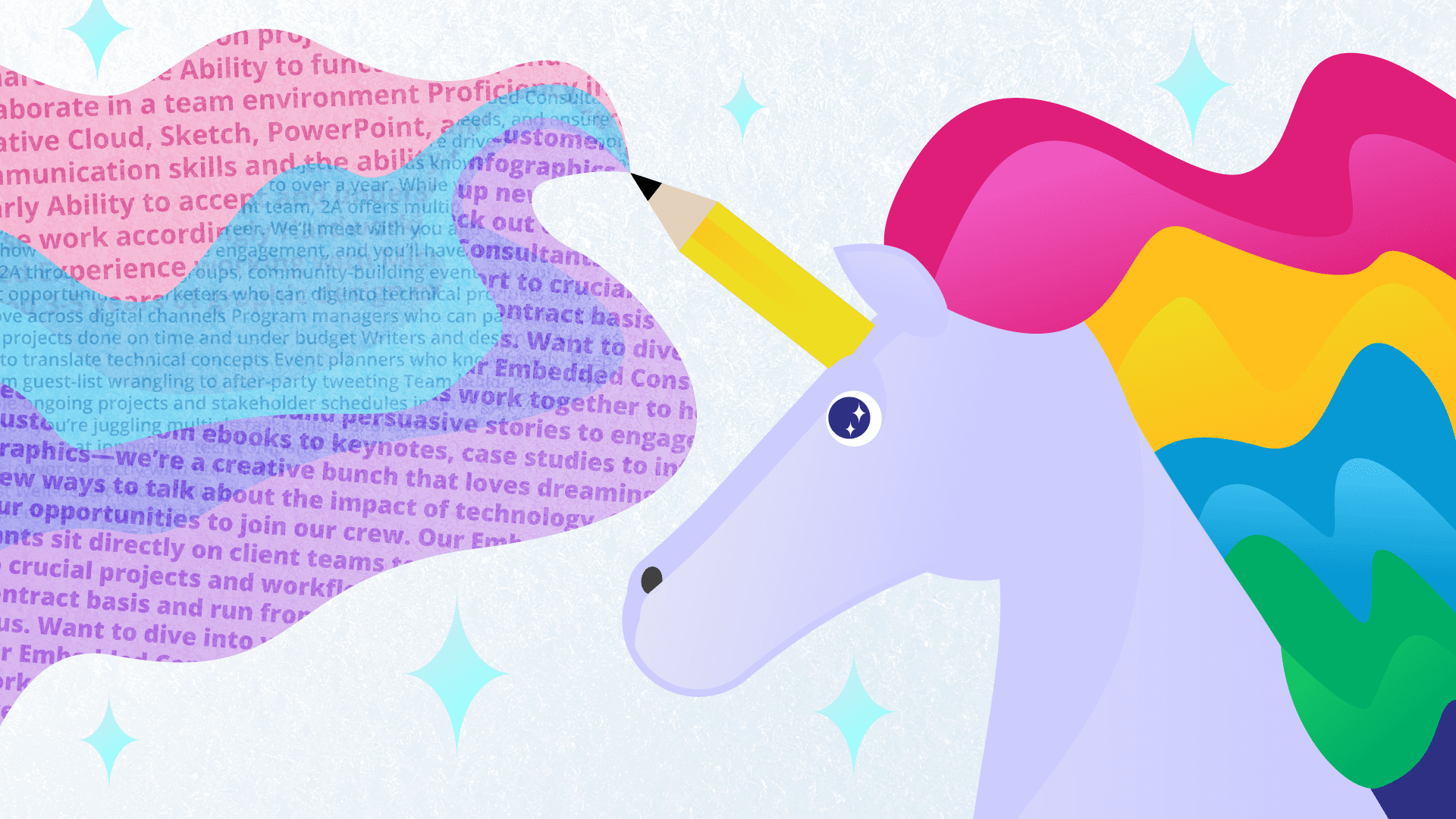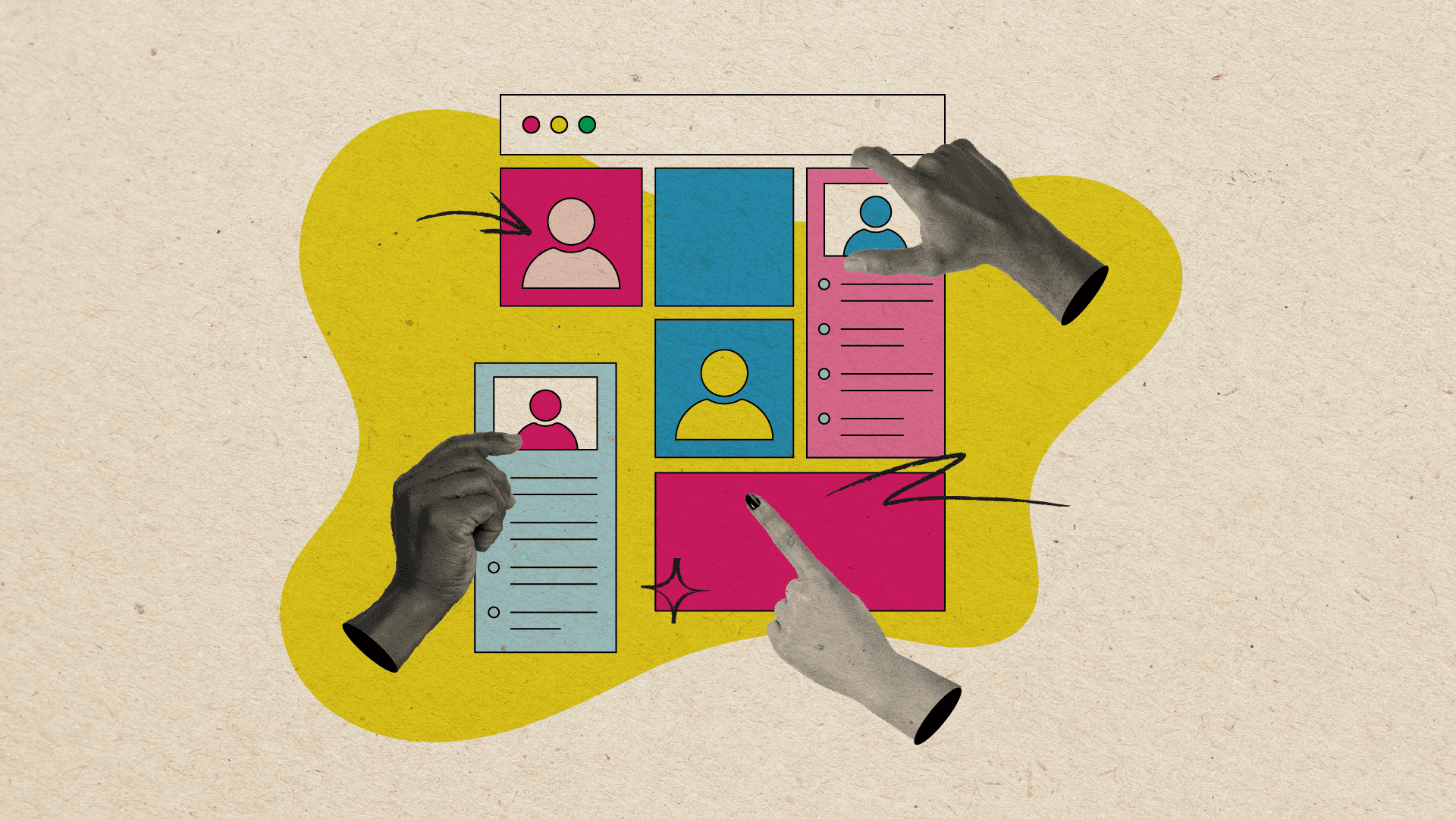
Image by Nicole Todd
Finding great talent is tough and getting tougher. Job postings are flooded with unqualified candidates, hiring team resources are stretched thin, and managers have to juggle hiring on top of their day-to-day responsibilities. On the other side of the screen, job seekers are faring no better: They’re often one of thousands of applicants for an open position, which can lead to a hiring process that feels cold and impersonal.
As a consulting agency that also provides recruiting and staffing services, we see the hiring process from both sides at 2A. We know hiring is always an investment—of time, resources, and money. So it’s no wonder that companies turn to recruiting agencies to help surface stronger candidates faster and make sure they invest in the right people from the start.
Here’s why working with one is the smartest (and ultimately most cost-effective) move to make:
Access top talent and industry knowledge
Recruiting agencies often specialize in a particular industry or function, and if you choose the right firm, they’ll understand the roles you’re hiring for and the skills that matter. Because we specialize in marketing and creative roles in tech, we have a strong pulse on the roles as well as the job market: who’s hiring, who’s moving, and what it takes to compete as an employer. We also have deep networks packed with top marketers, designers, program managers, and more. That includes the kind of passive candidates who aren’t scrolling job boards but are open to the right offer.
Save serious time
Hiring is a full-time job in and of itself. (Ask us how we know.) Reviewing resumes, managing outreach, and scheduling and conducting candidate screens adds up fast. A recruiter takes the first and most time-consuming stages of hiring off your plate, which means your team can focus on growing your business instead of chasing candidates.
Get expert guidance
The best recruiters stay closely involved throughout the process. We’ll make sure your communication is clear, your candidates stay warm, and your offers are competitive.
Sell your opportunity
Top candidates (the candidates you want) have options. A strong recruiter knows how to tell your company’s story in a compelling way, so candidates will be more excited to explore your team—and be more likely to say yes to an offer.
In the end, that’s what 2A Recruiting & Staffing is about: making it easier to find standout people. We connect you with vetted marketing and creative talent, so you have more time to focus on your goals—not sorting through resumes.
Ready to find your next great hire? We should chat.
